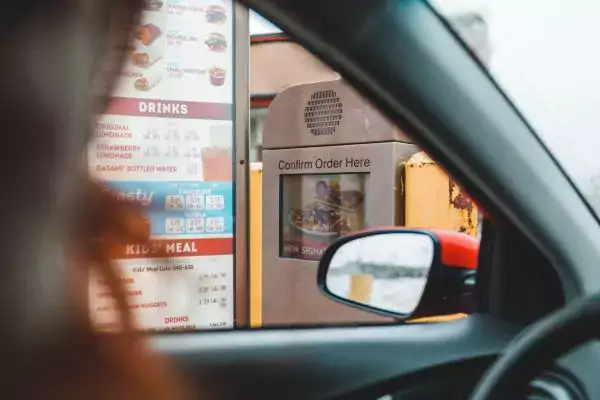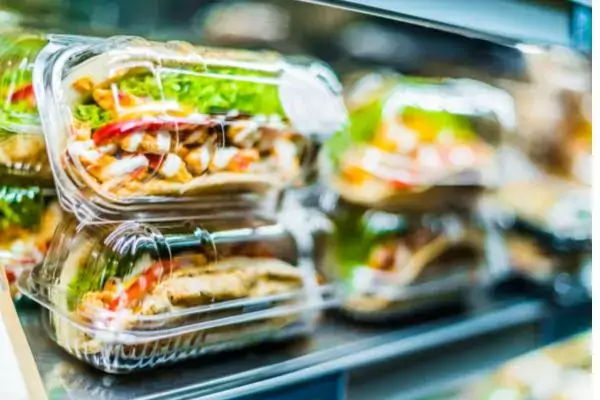As a mobile solution provider in the foodservice industry, we've seen a clear trend in the food industry: that the public is concerned about both quality and food safety issues, especially with the proliferation of review sites and social media like Yelp, Google+, and Facebook. If a consumer has a bad experience, they will go on a site like Yelp and make that experience known to the world. As a result, restaurants must be increasingly concerned about the quality and safety of their food. Here's why that is now more important than ever:
Everyone remembers Chipotle’s difficult year in 2015, when the brand faced a multi-state E.Coli outbreak, followed by a norovirus attack in Boston. It was a big financial blow to one of America’s biggest food chains. According to CheckIt’s report, “The Financial Impact of Getting Food Safety Wrong,” Chipotle started 2016 as no company wants to—with a 44% drop in share price and a loss of $11 billion in value. Analysts have speculated it may take years for Chipotle to rebound.
It’s a sobering reality: if getting food safety wrong can be this devastating for a brand like Chipotle, one of the most popular chains in the nation, imagine the implications for smaller, lesser-known brands.
Why can’t restaurants rebound faster? It all comes down to consumer perceptions. CheckIt conducted a survey among UK consumers and concluded that cleanliness and food hygiene ratings have more influence than customer service when it comes to deciding whether or not to return to a restaurant.
Here are other key findings from this report:
75% of respondents would either never visit a food outlet implicated in a food poisoning/hygiene incident, or would only visit one if its management changed hands. 61% of respondents wouldn’t visit a restaurant of any sort that had a food hygiene rating of 2 or less (on a 0 to 5 scale, with 5 being the highest). 66% of respondents rated unclean or dirty premises as the first or second reason for not returning to a restaurant. 57% cited a low hygiene rating, and just 16% cited slow or poor service.
Here's the key takeaway: Customers would rather put up with bad service than eat at a dirty restaurant.
Preventing What You Can Control
The study offers clear and convincing evidence that consumers take restaurant cleanliness seriously. It also illustrates the importance of preventing the issues that you can control. Streamlining the process of gathering information and reacting to issues with restaurants’ food safety is vital in fostering an environment that puts food safety above all else. With a mobile solution like Zenput, restaurants can create food safety audits to check for things like:- Clean counters and floors
- Proper cleaning protocols and procedures
- Appropriate food safety temperatures (compliant to HACCP)
- Functional kitchen appliances
Real-time solutions really work. Take a closer look at Zenput’s task and operations management solution here.
Subscribe to our blog
You are now subscribed!


